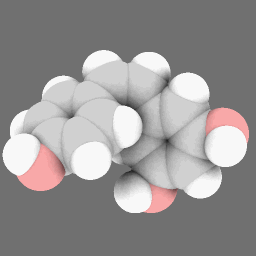 ScienceDaily (May 29, 2008) — Stanford chemists have developed a new way to make transistors out of carbon nanoribbons. The devices could someday be integrated into high-performance computer chips to increase their speed and generate less heat, which can damage today's silicon-based chips when transistors are packed together tightly.
ScienceDaily (May 29, 2008) — Stanford chemists have developed a new way to make transistors out of carbon nanoribbons. The devices could someday be integrated into high-performance computer chips to increase their speed and generate less heat, which can damage today's silicon-based chips when transistors are packed together tightly.For the first time, a research team led by Hongjie Dai, the J. G. Jackson and C. J. Wood Professor of Chemistry, has made transistors called "field-effect transistors"—a critical component of computer chips—with graphene that can operate at room temperature. Graphene is a form of carbon derived from graphite. Other graphene transistors, made with wider nanoribbons or thin films, require much lower temperatures. Full story HERE.


















